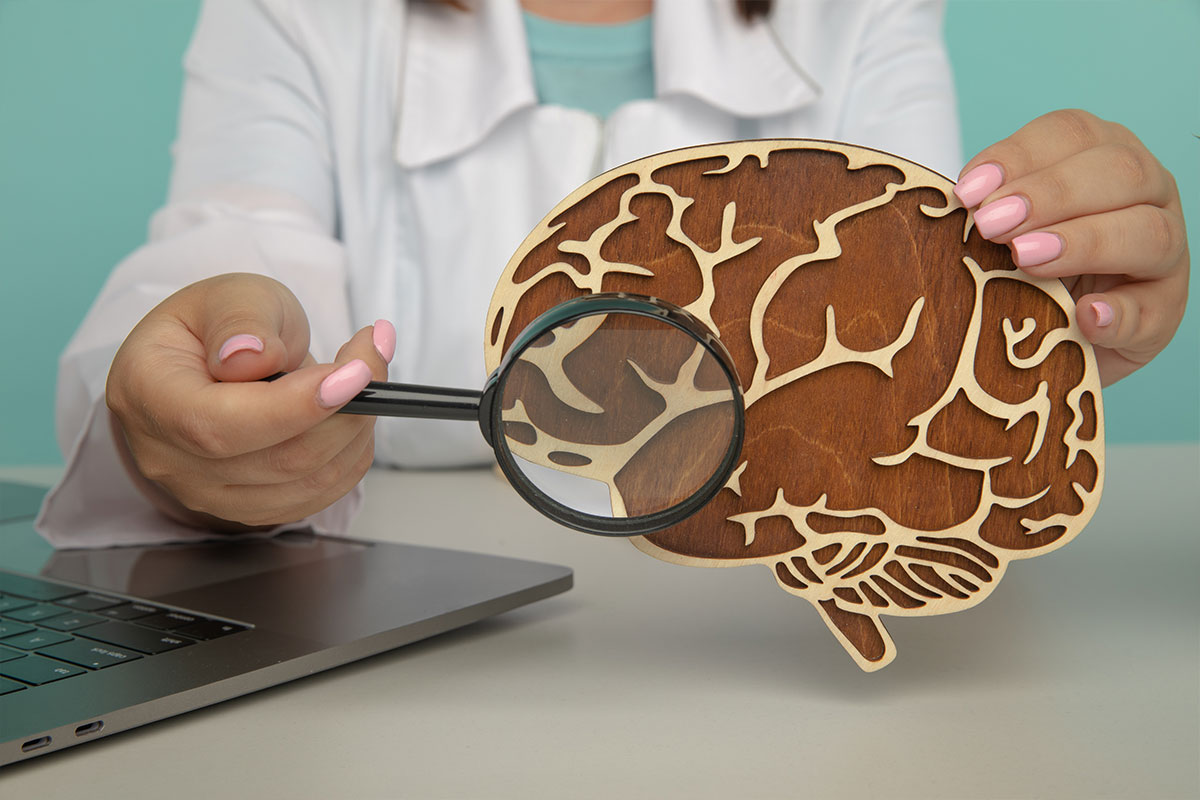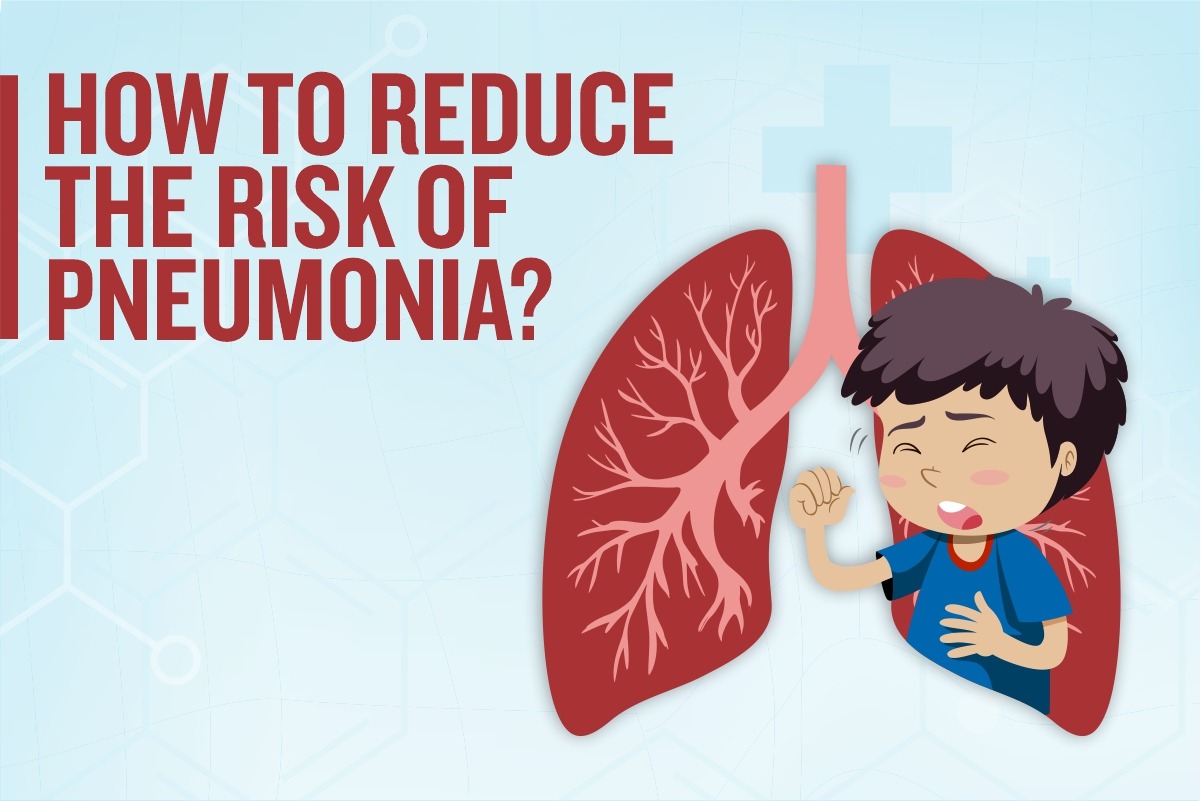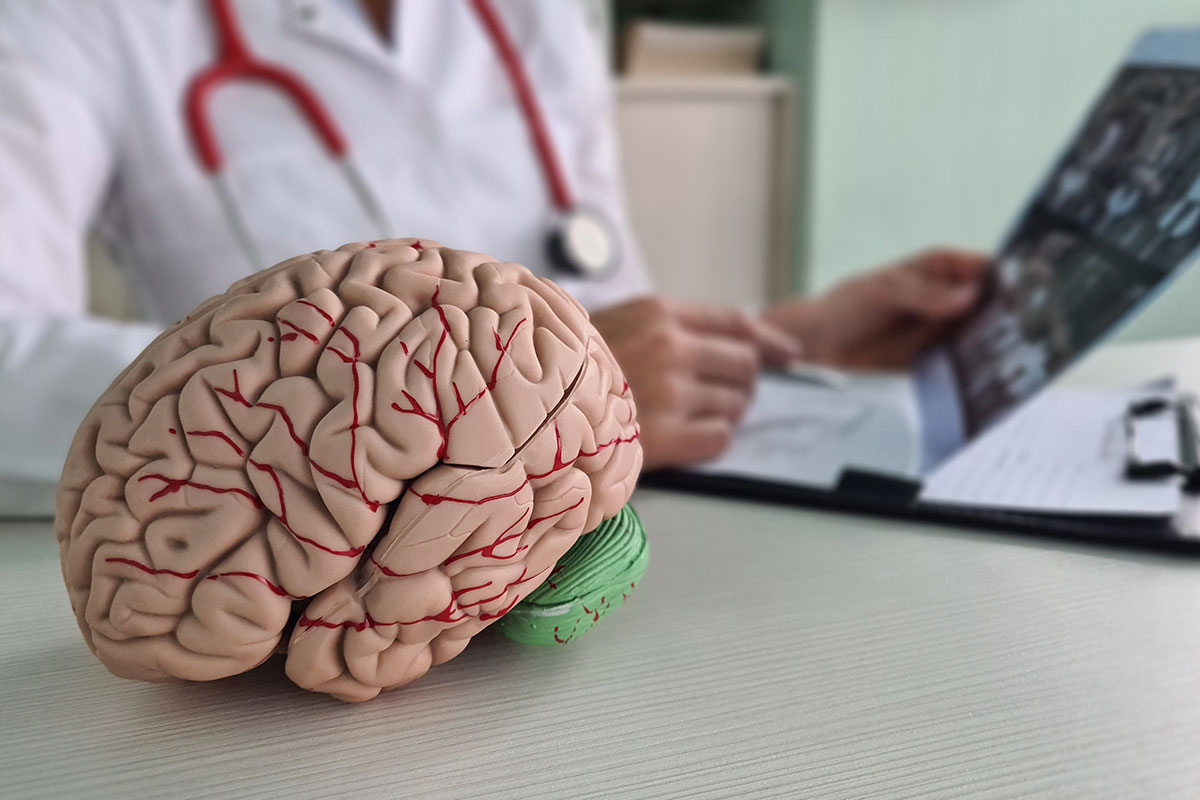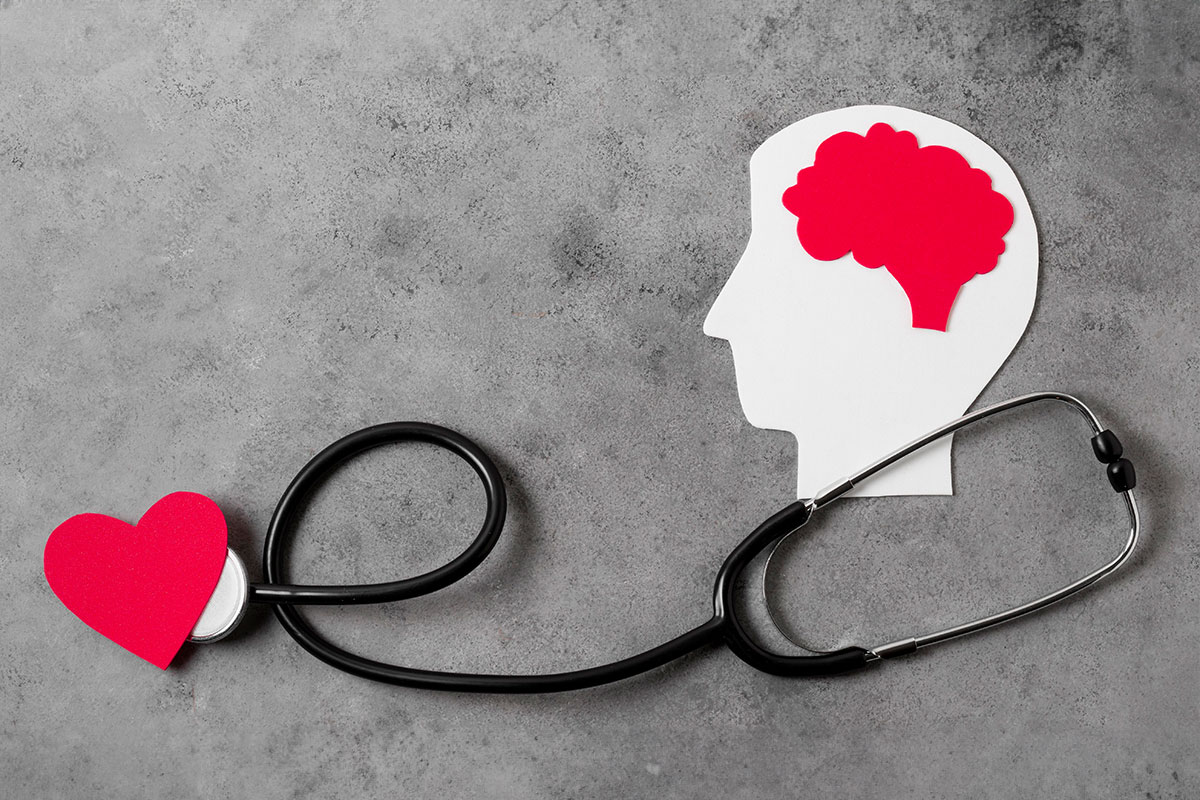
All about Stroke
By Dr. Krishna Hari Sharma in Neurology
Jan 25, 2023
A stroke or a brain attack is a life-threatening disease in which the supply of blood to the brain is cut off either due to a clot or the bursting of a blood vessel. As the oxygen levels drop, the brain cells rapidly start dying within minutes. This affects the particular body part with which the dying brain cells are connected.
Strokes can lead to lasting brain damage, disability, or even death. Having an estimated occurrence of 105-152 / 1,00,000, Strokes are a grave concern in India, making them one of the leading causes of death and disability.
Now let us have a look at the causes of stroke.
Causes of Stroke
Medical professionals attribute lifestyle choices and other comorbidities to an increased risk of being susceptible to a stroke. Following is the list of some common reasons behind a stroke:-
- Obesity
- Individuals who have crossed 55 years of age
- Previous history of stroke
- Blood Pressure (BP) Issues
- Comorbidities such as Diabetes
- High Cholesterol levels
- Heart diseases
- Lead a sedentary lifestyle
- Use of tobacco or drugs
- Excessive alcohol consumption
Medical studies list three possible types of stroke:-
Ischemic Stroke
Ischemic stroke occurs due to a possible blood clot in the blood vessels or narrowing of the arteries in the brain. This hinders the blood supply to the brain, causing a lack of oxygen which leads to a stroke.
Ischemic strokes are further divided into two types- Cerebral embolism and Cerebral thrombosis.
A Cerebral embolism occurs due to a blood clot in the upper chest, neck, or heart. This blood clot finds it difficult to pass through the narrow arteries of the brain resulting in a stroke.
A Cerebral thrombosis occurs due to the deposit of fatty plaque in the blood vessel.
Transient Ischemic Attack/Stroke (TIA)
A transient ischemic stroke, as the name suggests, is an ischemic stroke that is temporary. This occurs in blood clots in the vessels and lasts only for a few minutes or hours.
The symptoms are similar to that of a permanent stroke, but once the blockage is removed, the brain resumes its normal functioning. Studies suggest that people who get a TIA are likely to have a major stroke within a year. Hence, they are also known as warning strokes.
Hemorrhagic Strokes
Hemorrhagic stroke occurs when a blood artery in the brain ruptures. This may happen due to the use of blood thinning medicines or excessive blood pressure.
Though hemorrhagic strokes are less common than ischemic strokes, they are extremely dangerous since the leaked blood fills the brain, causing it to swell.
Symptoms
It is necessary to know the symptoms of a stroke so that medical health professionals can be contacted as soon as possible and the necessary treatment is initiated at the earliest.
Signs and symptoms of stroke include:
- Difficulty in Communication: The patient may have difficulty comprehending speech and may speak slur words.
- Paralysis or Numbness: The patient experiences paralysis in the legs, arms, and neck. Raise both the hands of the patient and if one side drops, then it can be a symptom of a stroke. Another noticeable trait is that one side of the face drops when smiling.
- Blurred Vision: The patient may be confused and have trouble seeing from one or both eyes.
- Severe Headache: Severe Headache accompanied by dizziness and vomiting is another sign of stroke.
- Loss of Balance: There can be a loss of coordination or dizziness, which causes trouble in walking or maintaining balance.
Diagnosis
To avoid any major complications, the patient should receive treatment within 4 hours from the onset of a stroke.
There are a number of diagnostic tests that can be done by medical professionals to determine the severity of a stroke:-
- Physical Examination: Doctors will examine the physical symptoms. They will also check for blood vessels behind the eyes and neck.
- Blood Tests: Blood tests can be performed to determine the clotting factor and check for other high-risk substances in the blood.
- CT Scan:CT Scans can reveal haemorrhages, strokes, etc., in the brain.
- MRI scan: An image of the brain can be created to determine any possible changes in brain parenchyma immediately or rupture of blood vessel.
- Carotid Ultrasound: Medical professionals can also check for clots or plaques in the carotid arteries.
- Cerebral Angiogram: Dyes may be injected into the brain’s blood vessels to get a more comprehensive view of any blockage.
- Echocardiogram: Heart tests can be performed to check for any possible clots that might have travelled to the brain.
Treatment
The treatment depends on the severity and the type of stroke. Below are the three common treatments for stroke:-
- Medications: Medications for a stroke depend on the type of stroke. An ischemic stroke needs removal of thrombus by medicine given in 4 hours, whereas a hemorrhagic stroke needs clot evacuafion. A common medication to Thromdyse the clot is tissue plasminogen activator (tPA) which should be administered within 4 hours from the onset of a stroke.
- Surgery: Surgery can be done either Removal of Clot & Clipping of aneurysms (outpouching in blood venelsy brain which bursts)
- Stents/Coiling/Clamping: These procedures can be used to either remove the clot or block the aneurysm / diverting the flow.
Conclusion
While brain stroke is a fatal, life-threatening issue, observing the symptoms and consulting a medical professional well within time can save an individual from any prolonged repercussions. Many top hospitals also offer emergency wards and ambulances that help administration of treatment to the sufferer as soon as possible.
Moreover, monitoring one’s lifestyle and diet can also alleviate our health and save us from such terminal illnesses.







